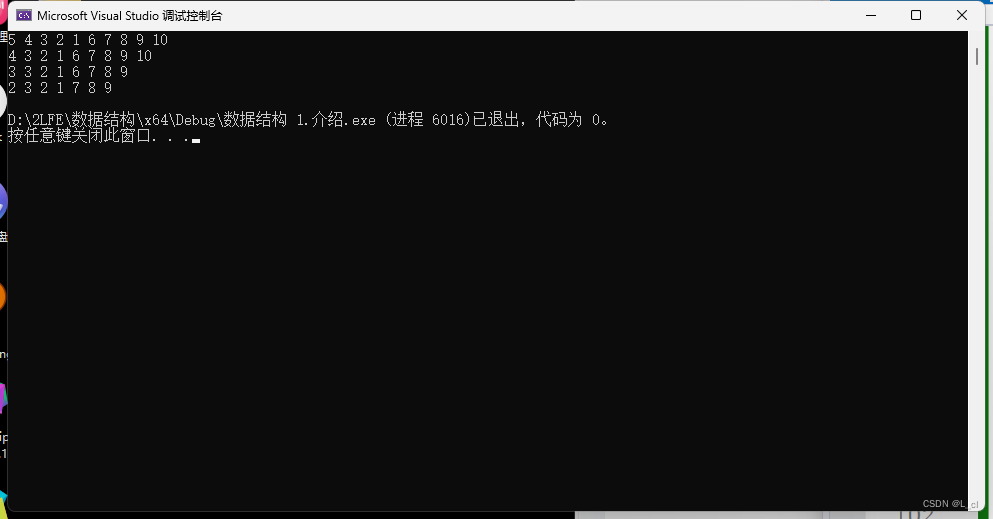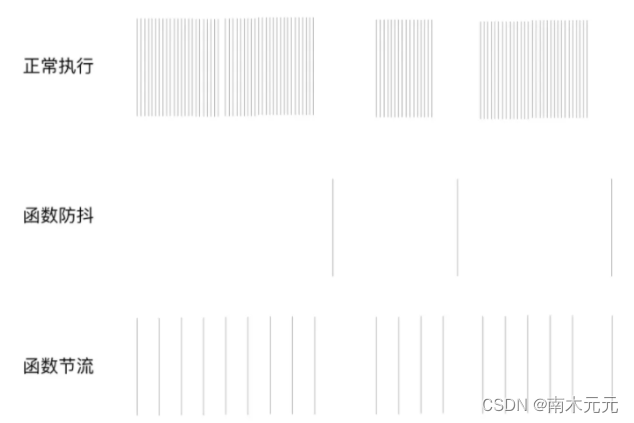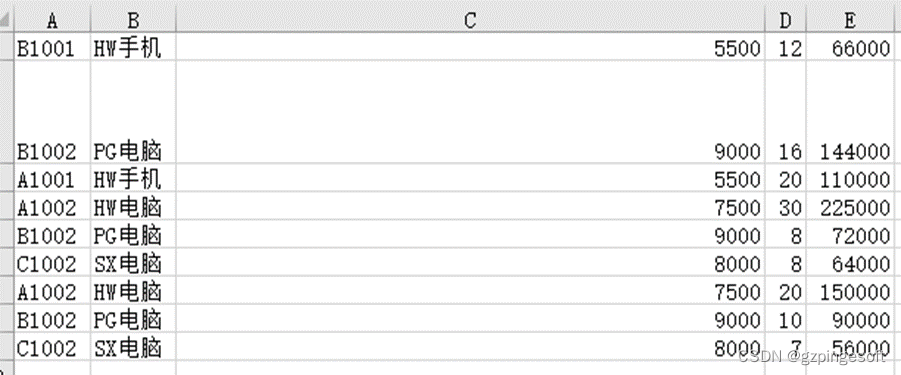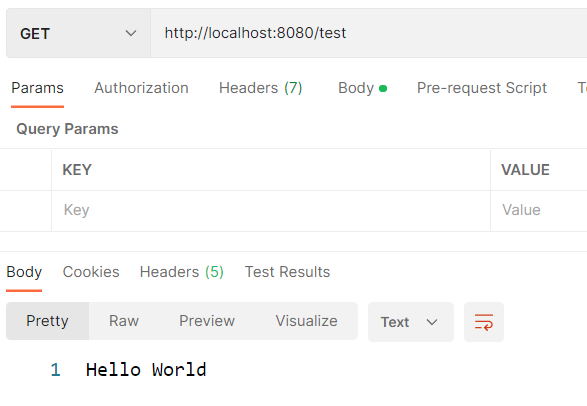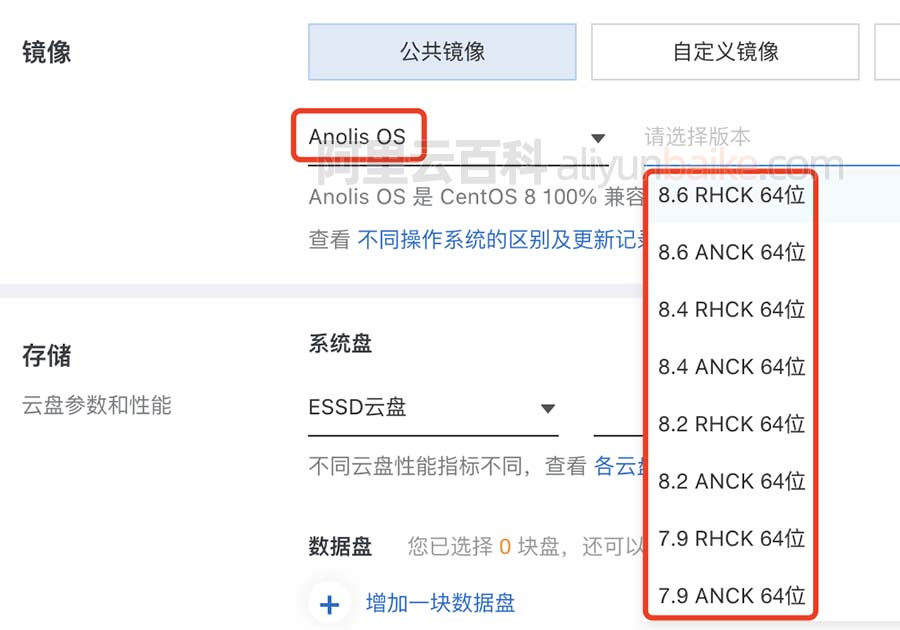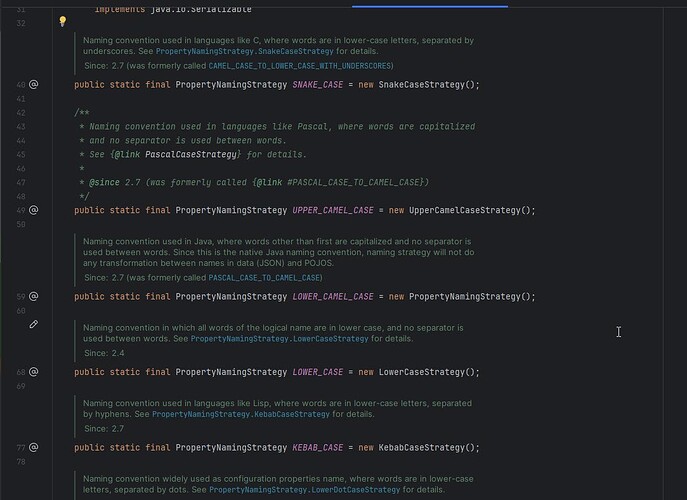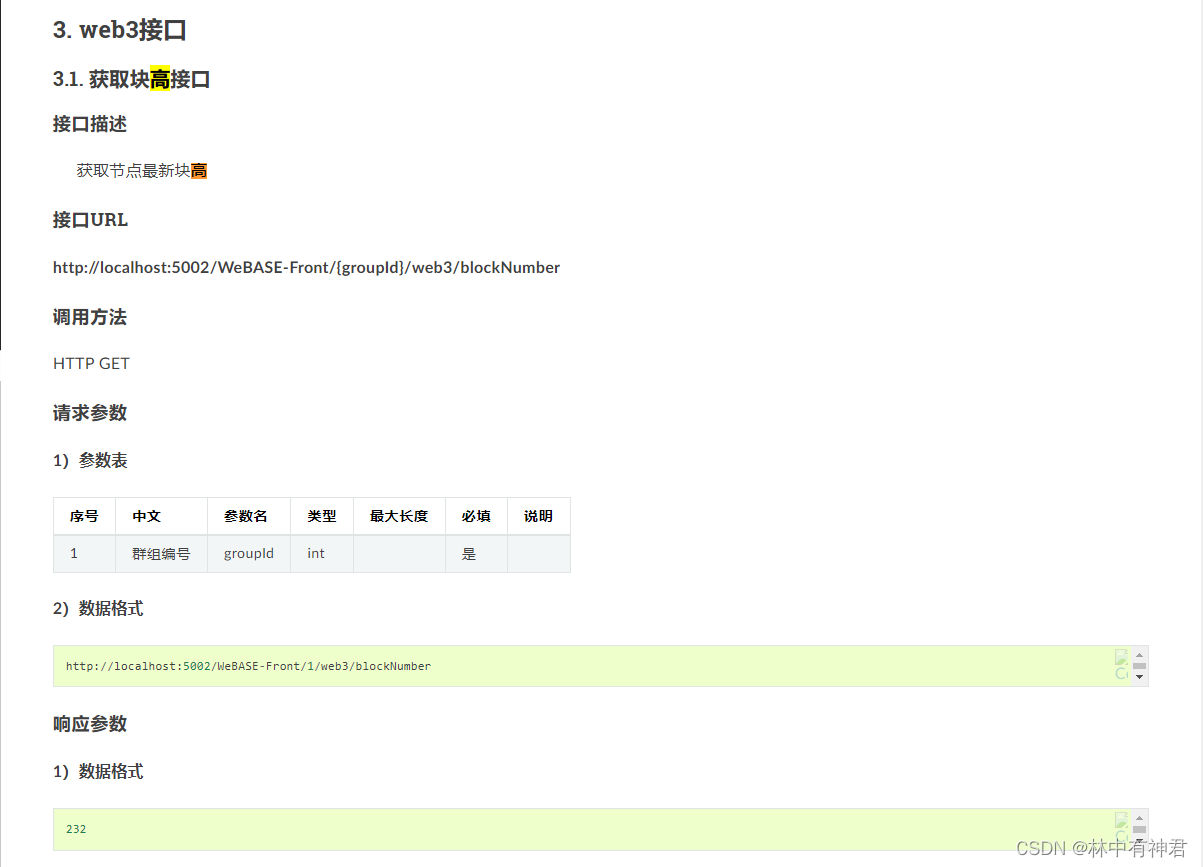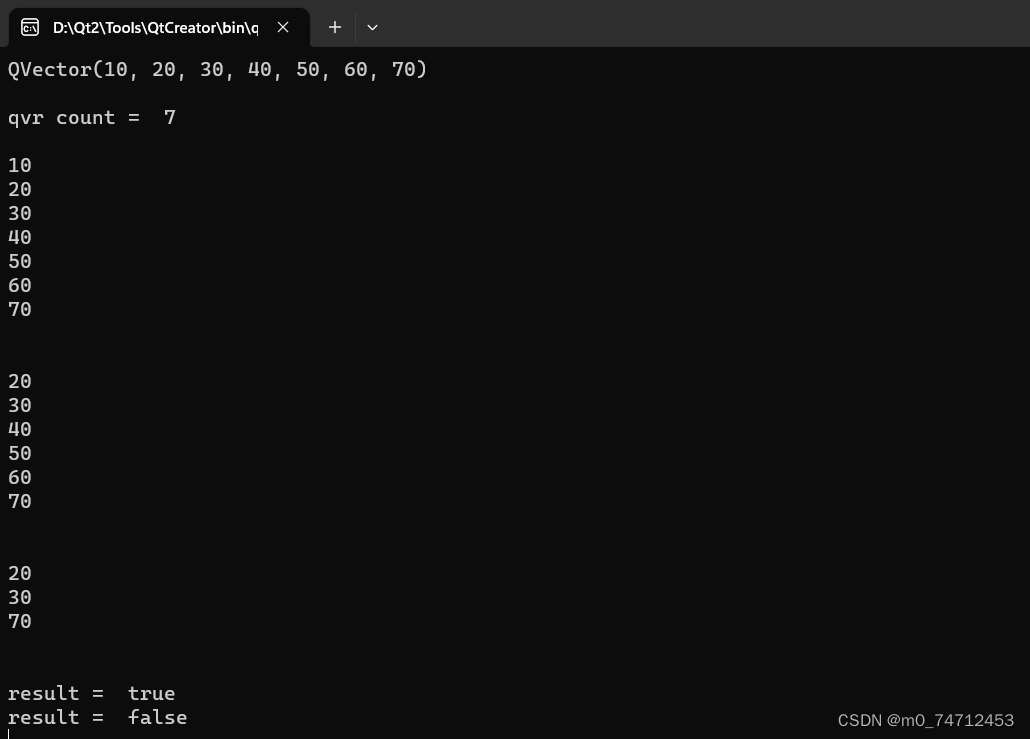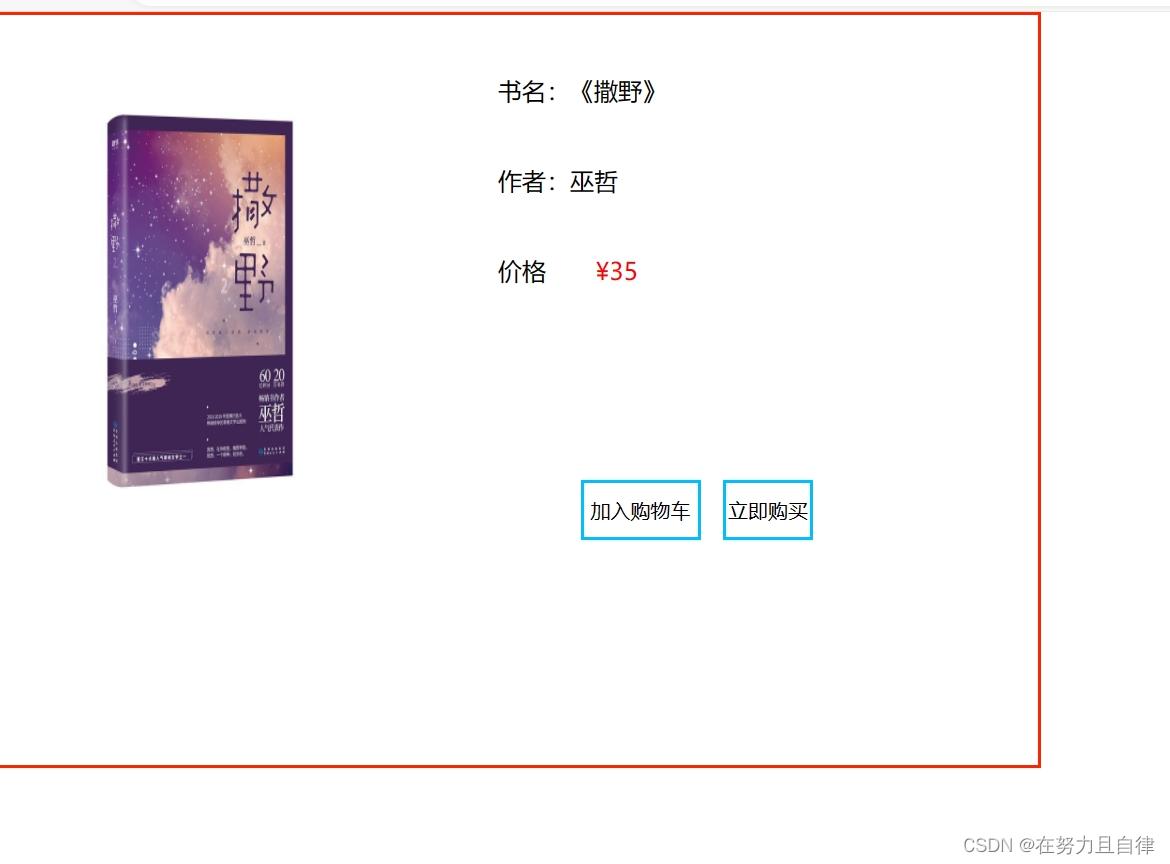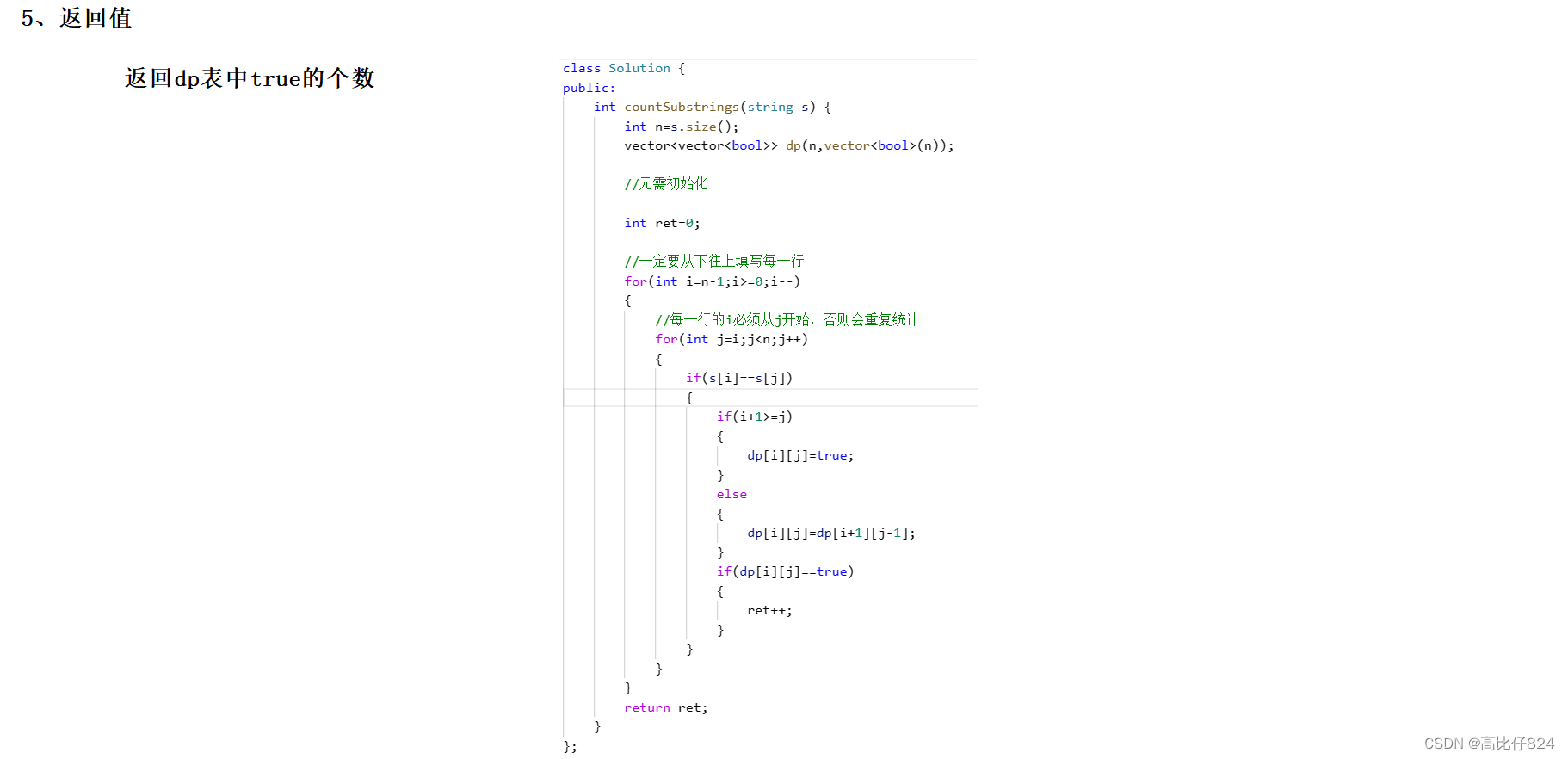1.单链表
线性表:1.有限的序列 2.序列中的每一个元素都有唯一的前驱和后继,除了开头和结尾的两个节点。
顺序表:分配一块连续的内存去存放这些元素,eg、数组
链表:内存是不连续的,元素会各自被分配一块内存,内存和内存之间用指针进行相连。
顺序表和链表的区别是内存的连续与否
data域 | next指针域 ——> data域 | next指针域 ——> data域 | next指针域 ——> NULL
单链表的操作:
1.增加 :1>头插法 2>尾插法
1>插入——> data域 | next指针域 ——> data域 | next指针域 ——> data域 | next指针域 ——> NULL
2>data域 | next指针域 ——> data域 | next指针域 ——> data域 | next指针域 ——> 插入——>NULL
2.删除:用前一个节点的指针直接指向对应节点的后一个节点的前驱,只操作一个指针。
为了使操作方便,在操作中添加一个头节点。头节点并不实际存储,只保存链表中的元素个数。
代码实现:
定义一个结构体:
typedef struct Node {//定义一个结构体
int data;
struct Node* next;
}Node;
初始化一个链表:
Node* initList() {//初始化一个链表
Node* list = (Node*)malloc(sizeof(Node));
list->data = 0;
list->next = NULL;
return list;
}头插法:
void headInsert(Node* list,int data){//头插法
Node* node = (Node*)malloc(sizeof(Node));
node->data = data;
node->next = list->next;
list->next = node;
list->data++;//代表当前链表之中插入元素
}尾插法:
void tailInsert(Node* list, int data){//尾插法
Node* head = list;
Node* node = (Node*)malloc(sizeof(Node));
node->data = data;
node->next = NULL;
list = list->next;
while (list->next) {
list = list->next;
}
list->next = node;
head->data++;
}删除:
void Delete(Node* list, int data){//删除
Node* head = list;
Node* pre = list;
Node* current = list->next;
list = list->next;
while (current)
{
if (current->data == data)
{
pre->next = current->next;
free(current);
break;
}
pre = current;
current = current->next;
}
list->data--;
}遍历操作:
void printList(Node* list) {//遍历操作
list = list->next;
while (list)
{
printf("%d ", list->data);
list = list->next;
}
printf("\n");
}main函数:
int main()
{
Node* list = initList();
headInsert(list, 1);
headInsert(list, 2);
headInsert(list, 3);
headInsert(list, 4);
headInsert(list, 5);
tailInsert(list, 6);
tailInsert(list, 7);
tailInsert(list, 8);
tailInsert(list, 9);
tailInsert(list, 10);
printList(list);
Delete(list, 5);
printList(list);
Delete(list, 10);
printList(list);
Delete(list, 6);
printList(list);
return 0;
}整体函数:
typedef struct Node {//定义一个结构体
int data;
struct Node* next;
}Node;
Node* initList() {//初始化一个链表
Node* list = (Node*)malloc(sizeof(Node));
list->data = 0;
list->next = NULL;
return list;
}
void headInsert(Node* list,int data){//头插法
Node* node = (Node*)malloc(sizeof(Node));
node->data = data;
node->next = list->next;
list->next = node;
list->data++;//代表当前链表之中插入元素
}
void tailInsert(Node* list, int data){//尾插法
Node* head = list;
Node* node = (Node*)malloc(sizeof(Node));
node->data = data;
node->next = NULL;
list = list->next;
while (list->next) {
list = list->next;
}
list->next = node;
head->data++;
}
void Delete(Node* list, int data){//删除
Node* head = list;
Node* pre = list;
Node* current = list->next;
list = list->next;
while (current)
{
if (current->data == data)
{
pre->next = current->next;
free(current);
break;
}
pre = current;
current = current->next;
}
list->data--;
}
void printList(Node* list) {//遍历操作
list = list->next;
while (list)
{
printf("%d ", list->data);
list = list->next;
}
printf("\n");
}
int main()
{
Node* list = initList();
headInsert(list, 1);
headInsert(list, 2);
headInsert(list, 3);
headInsert(list, 4);
headInsert(list, 5);
tailInsert(list, 6);
tailInsert(list, 7);
tailInsert(list, 8);
tailInsert(list, 9);
tailInsert(list, 10);
printList(list);
Delete(list, 5);
printList(list);
Delete(list, 10);
printList(list);
Delete(list, 6);
printList(list);
return 0;
}运行结果:
